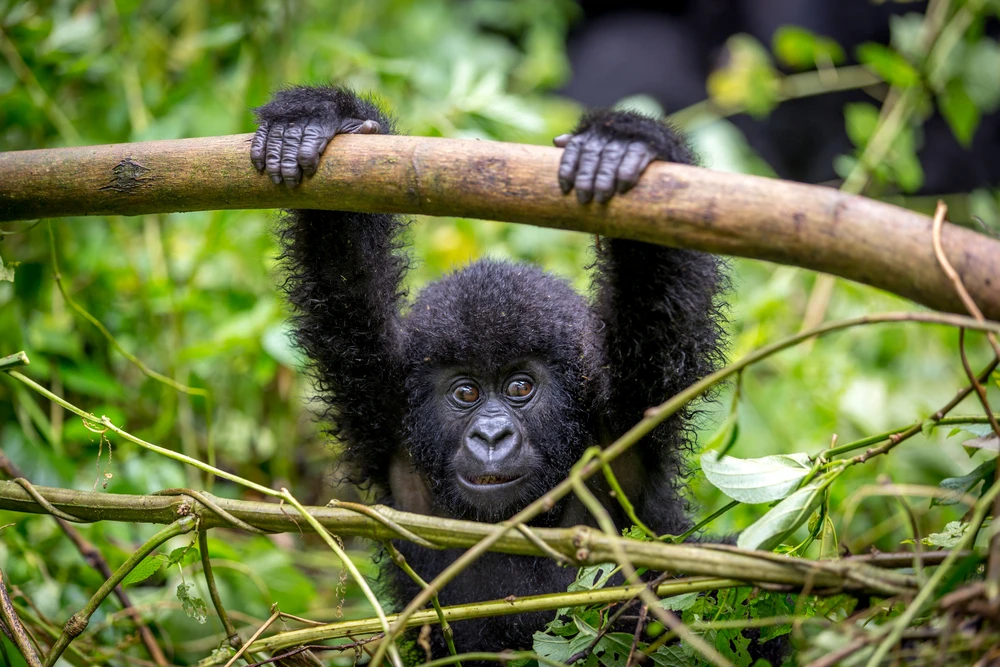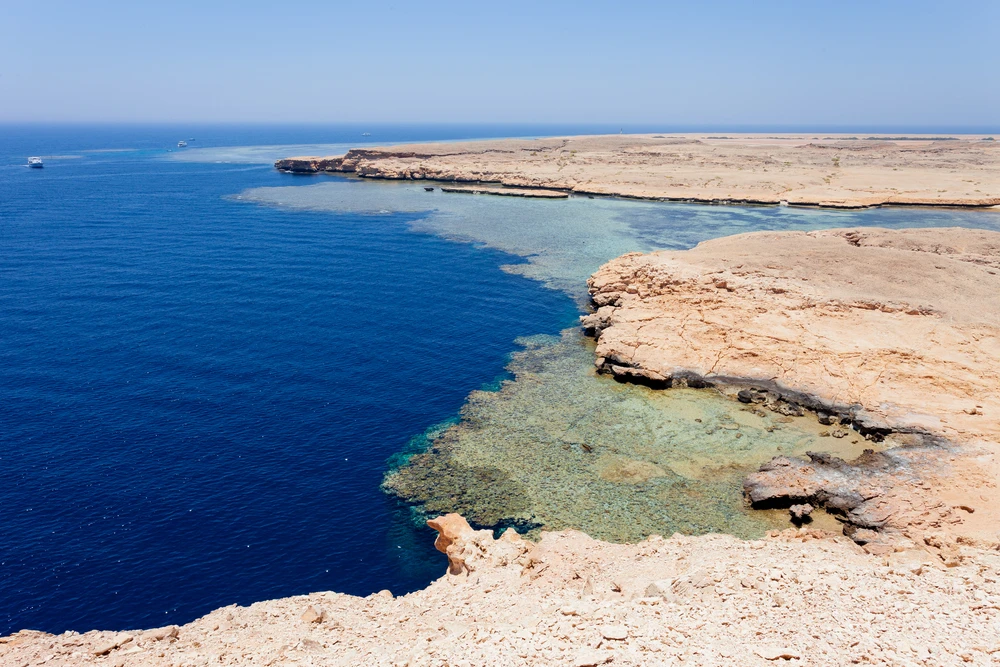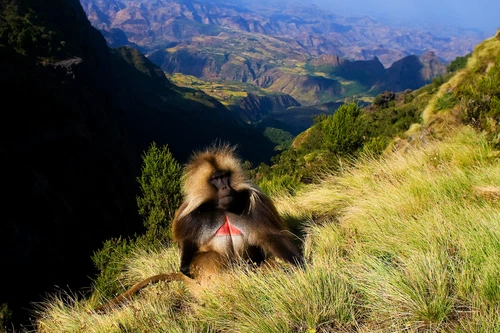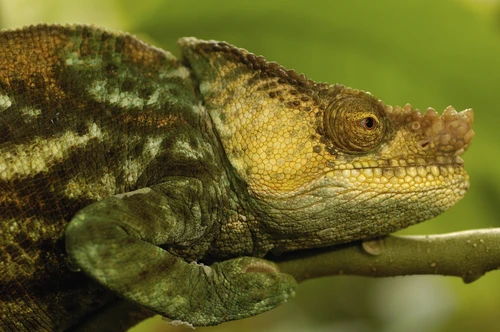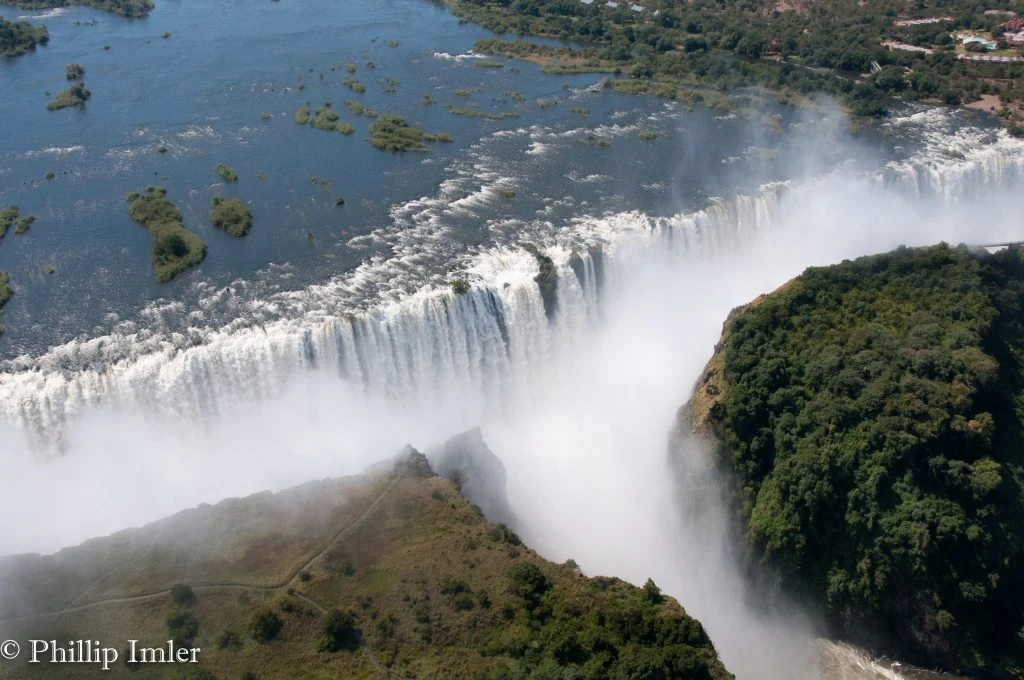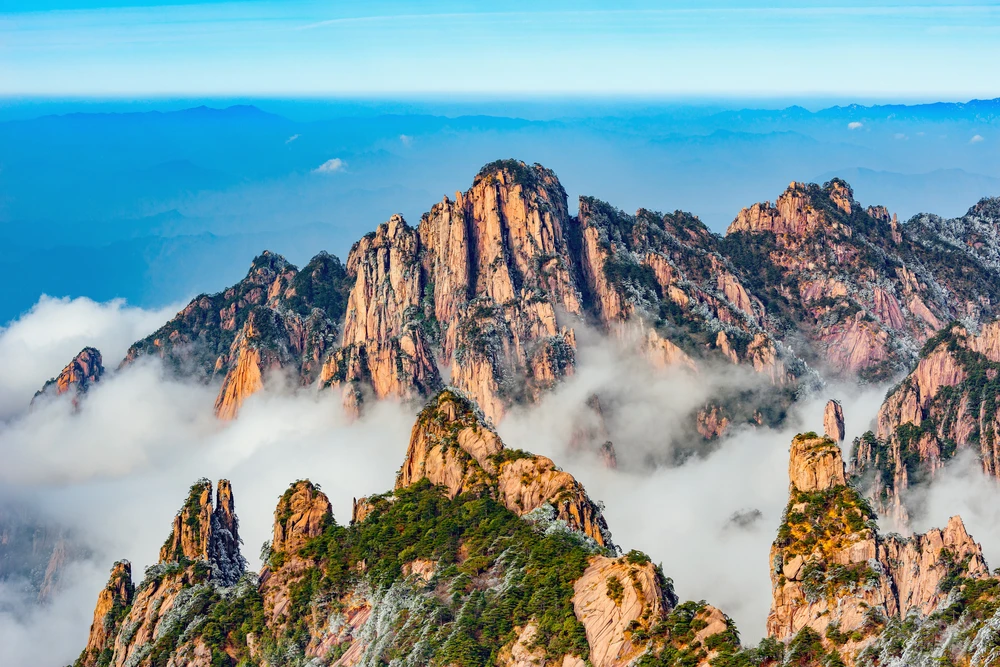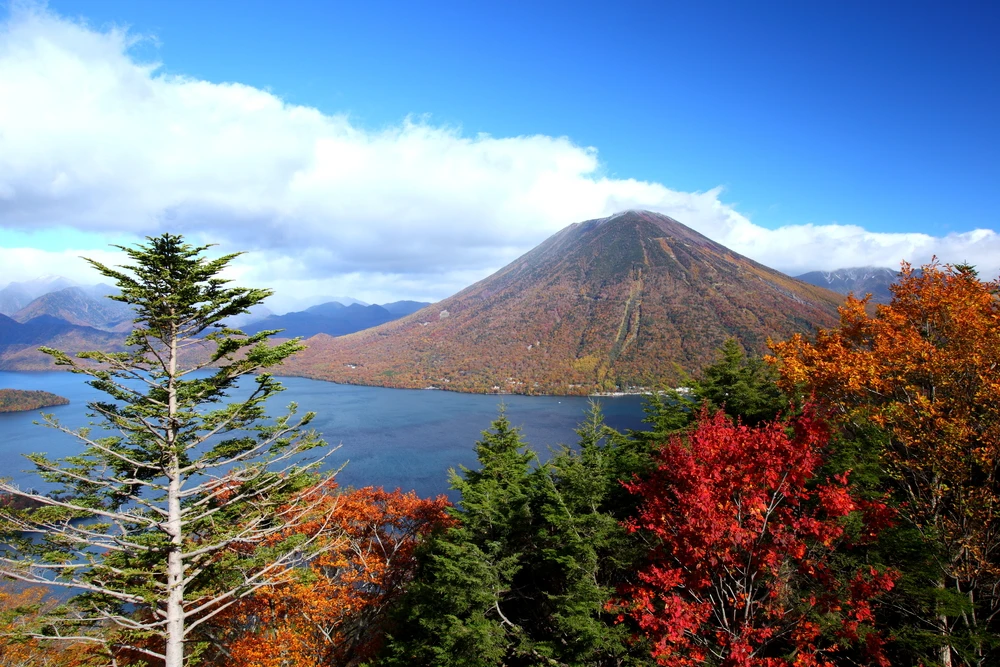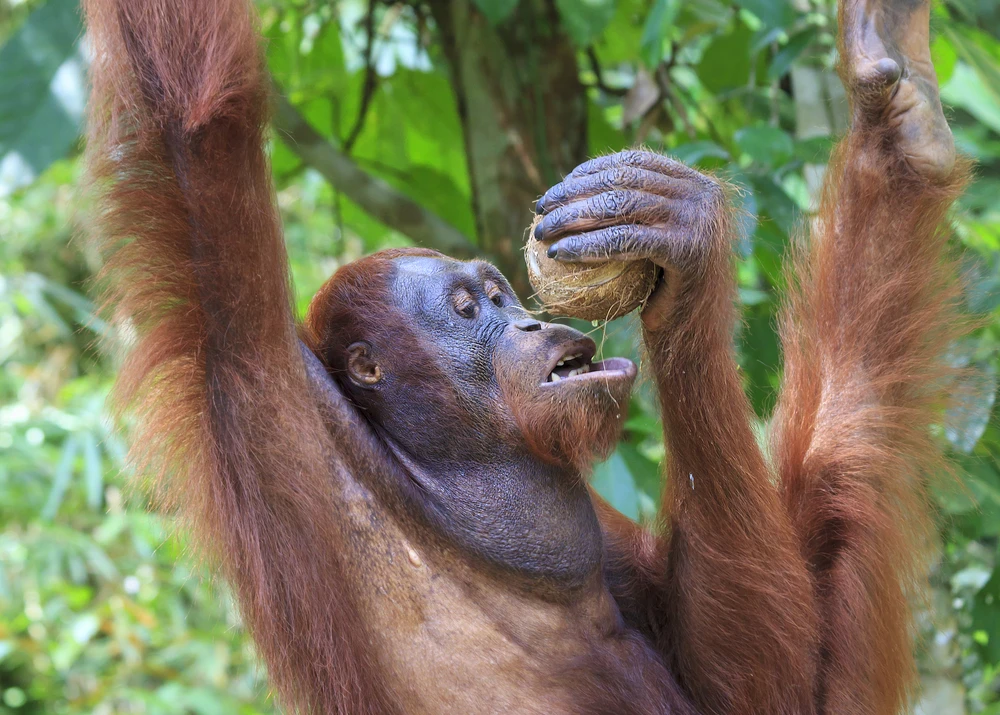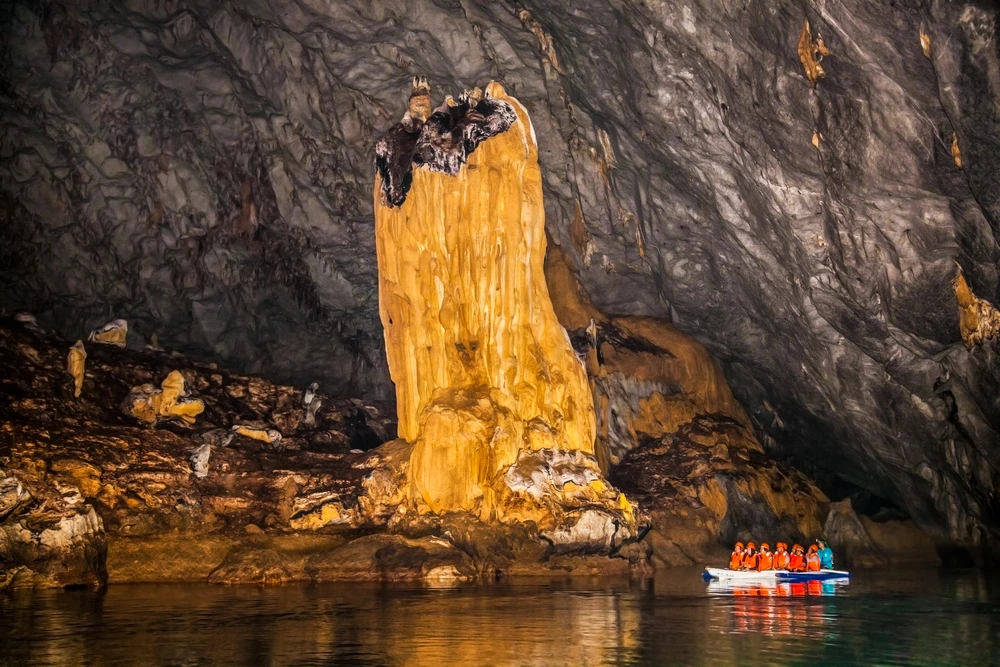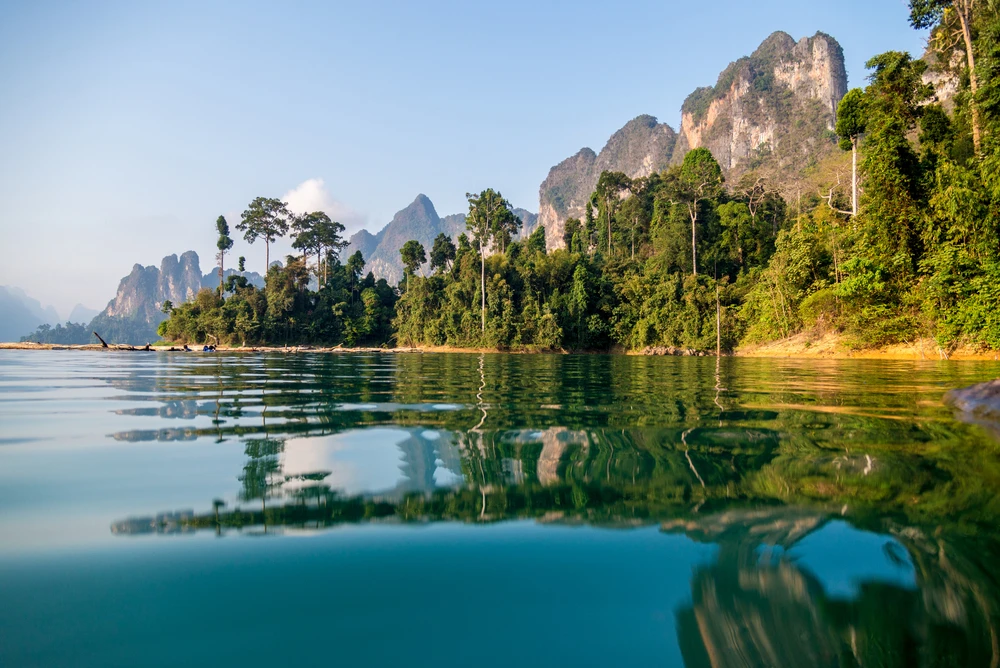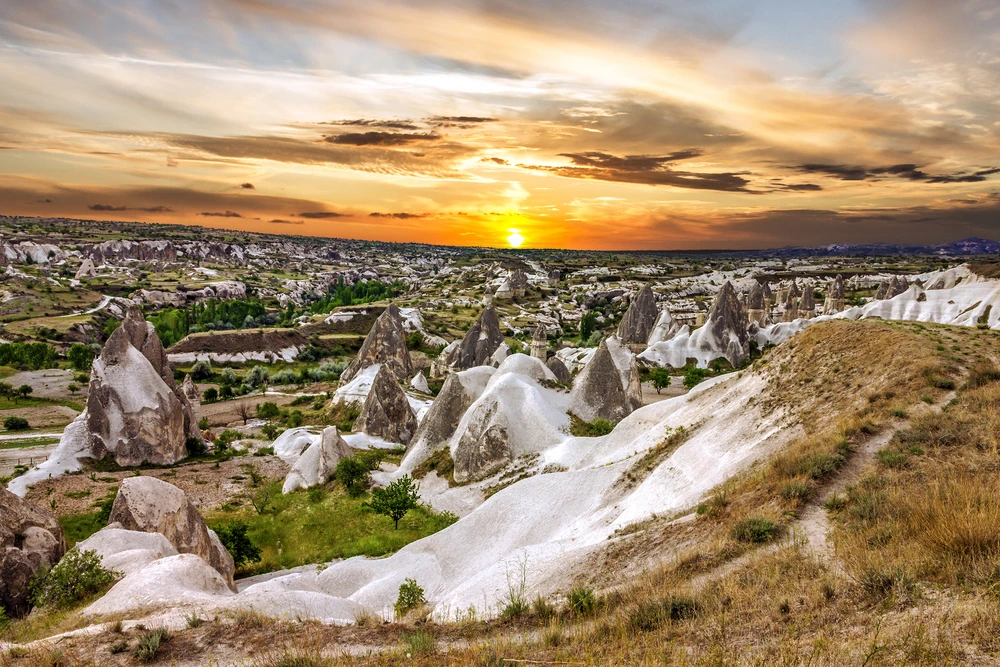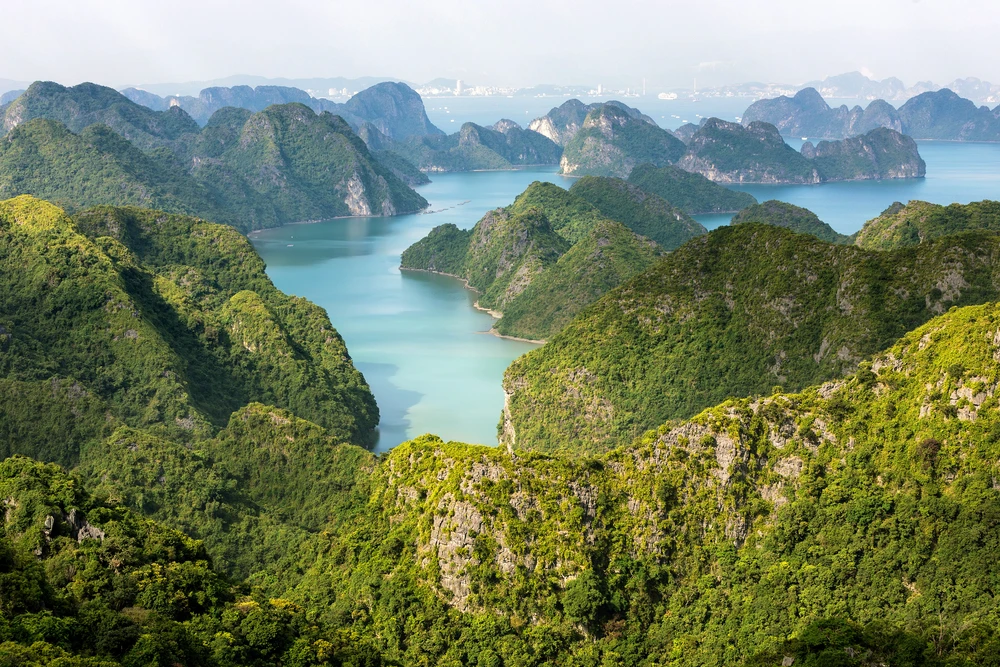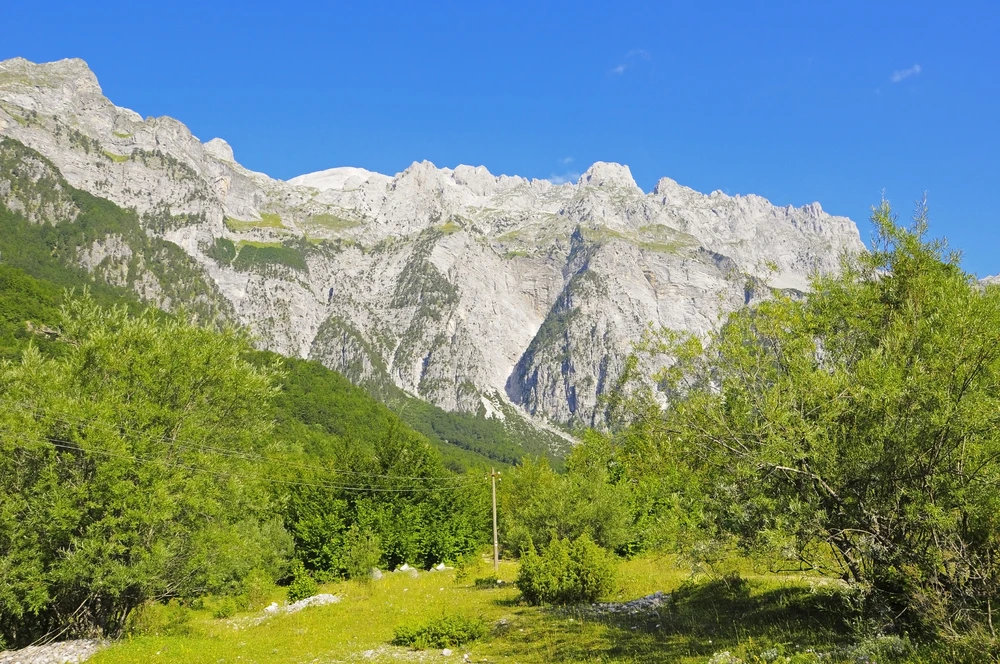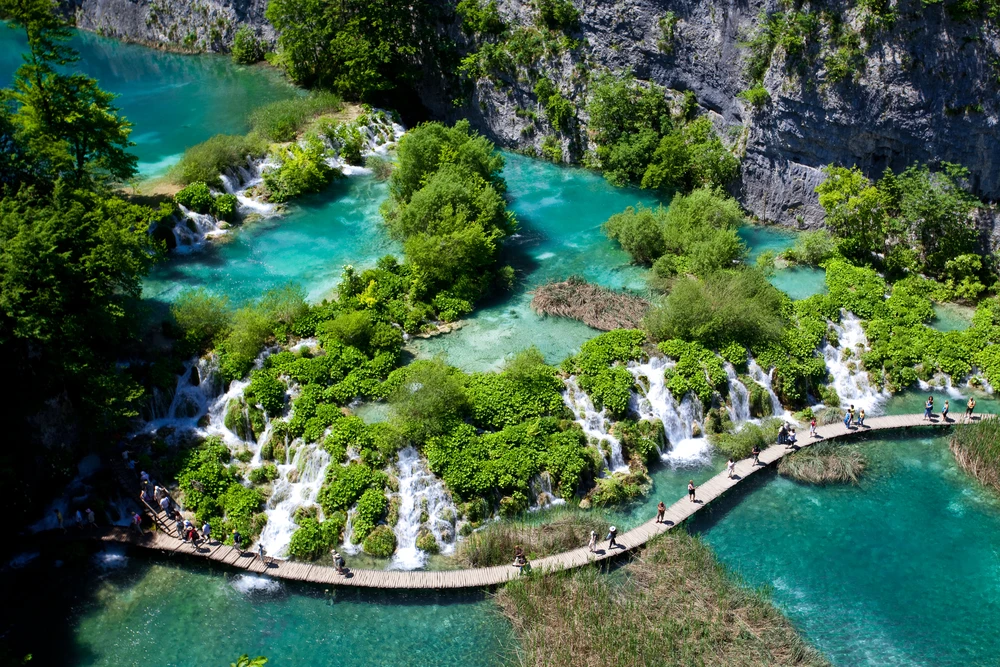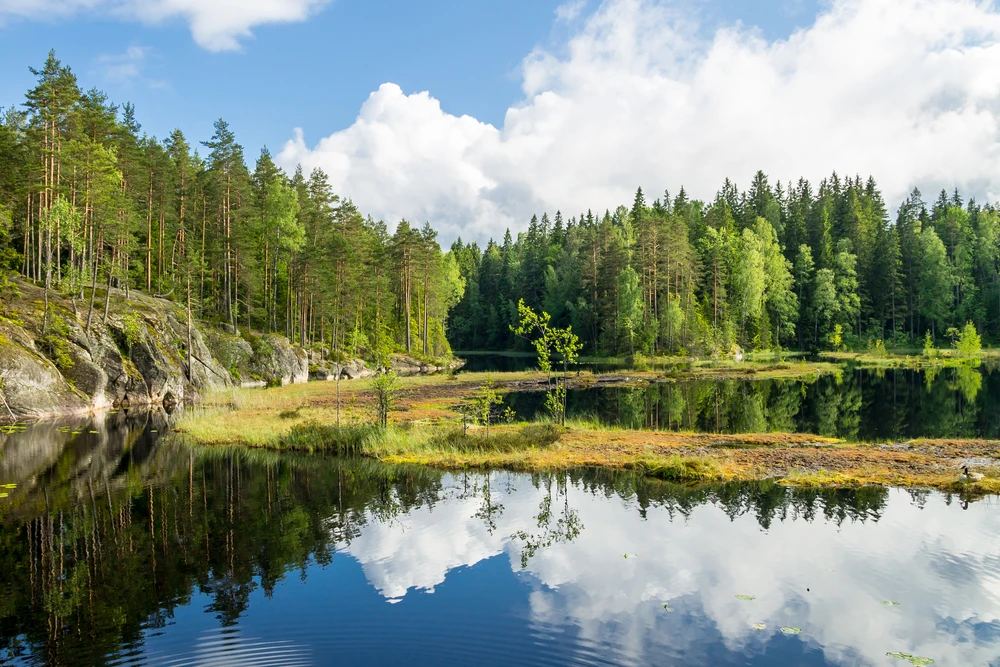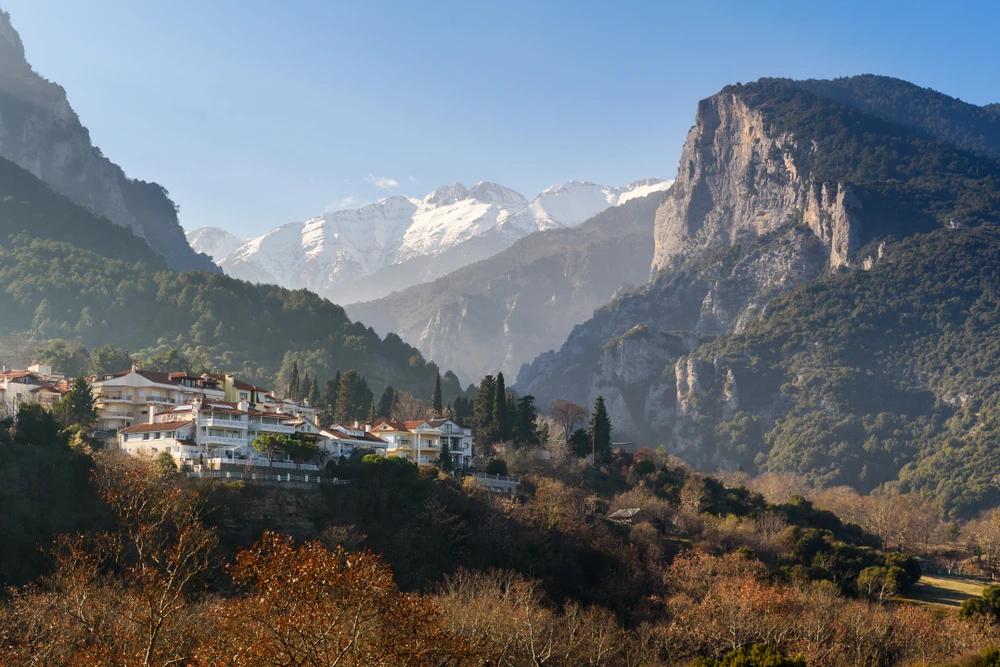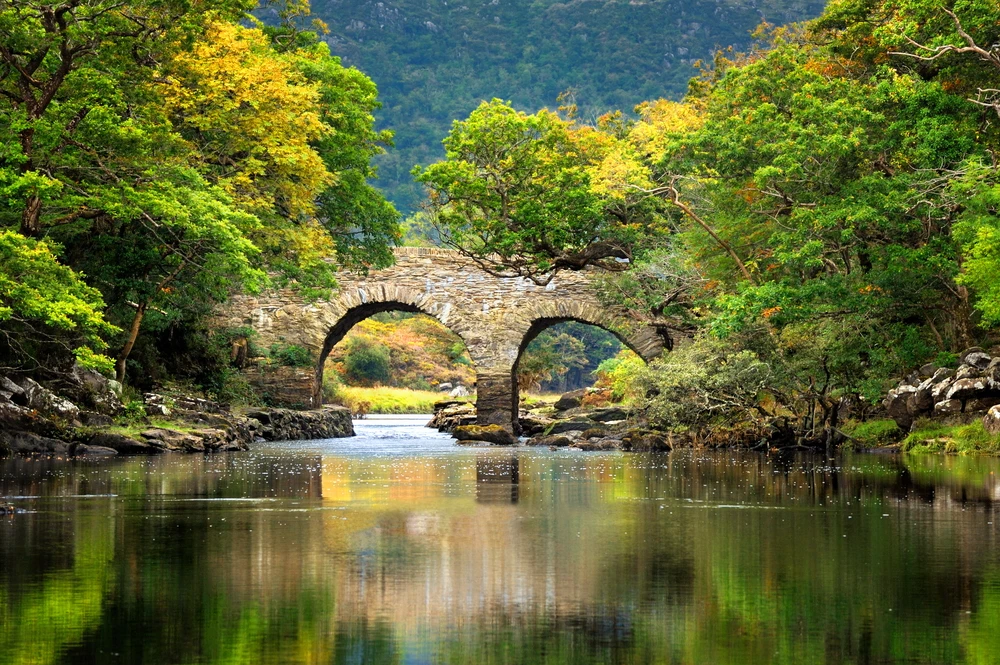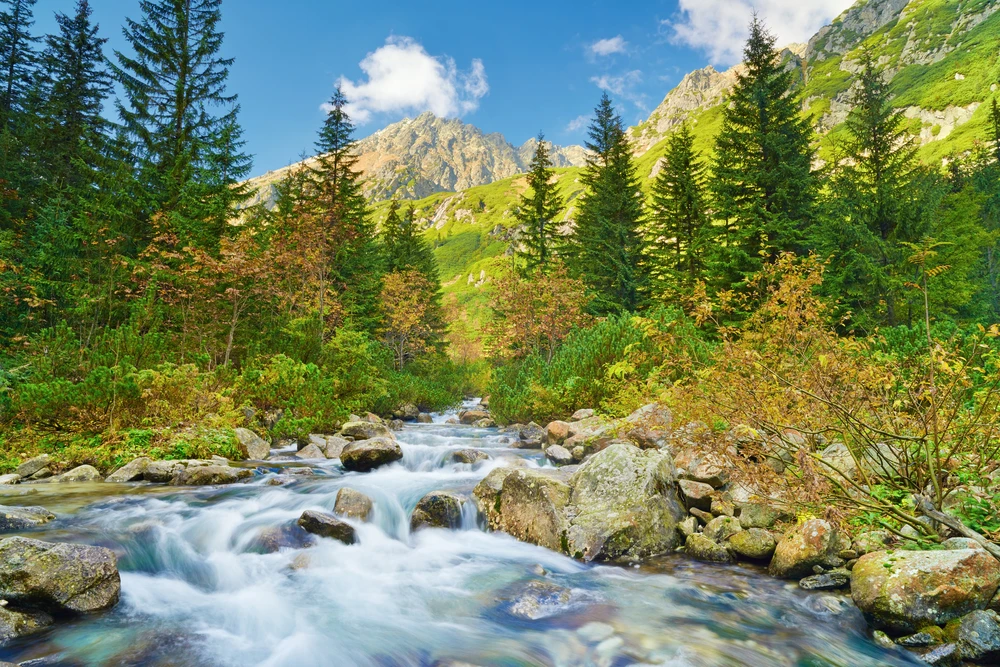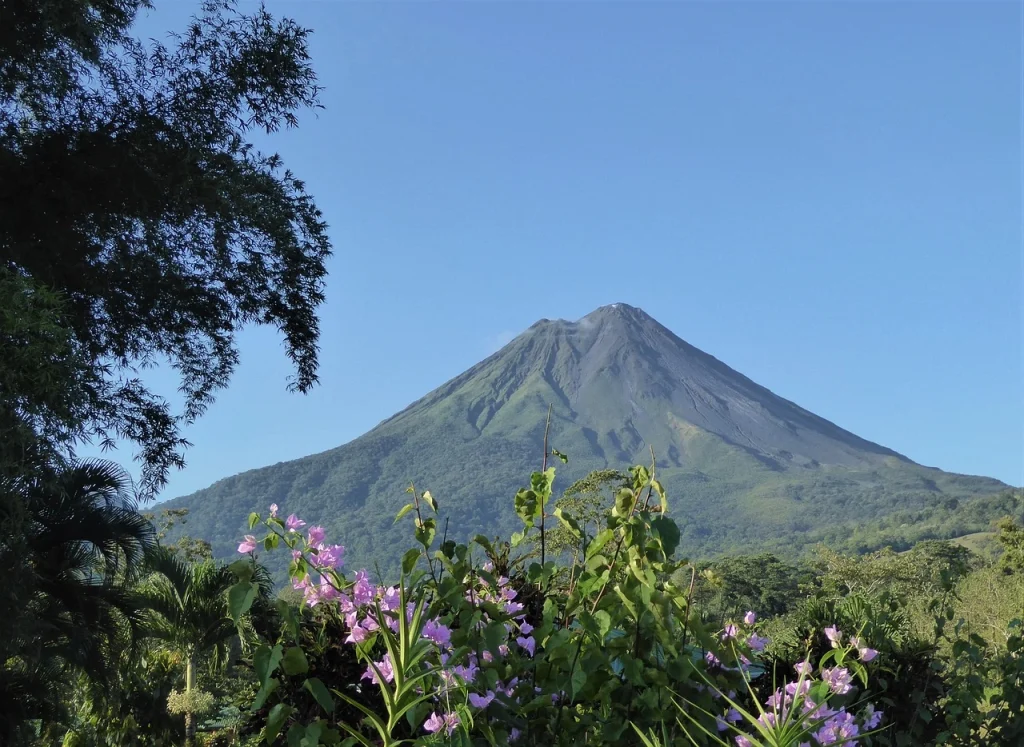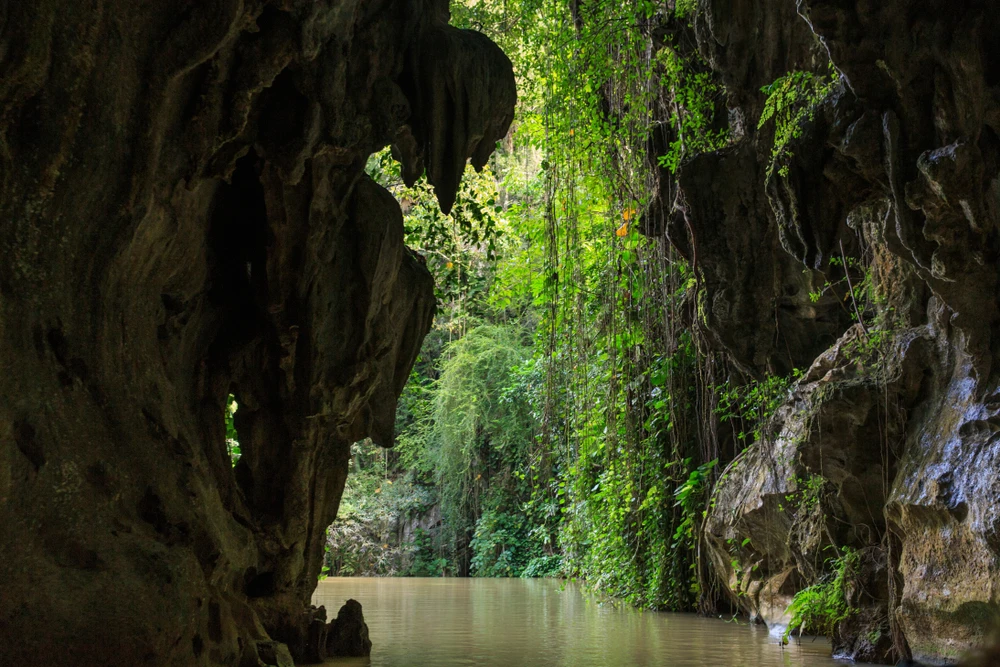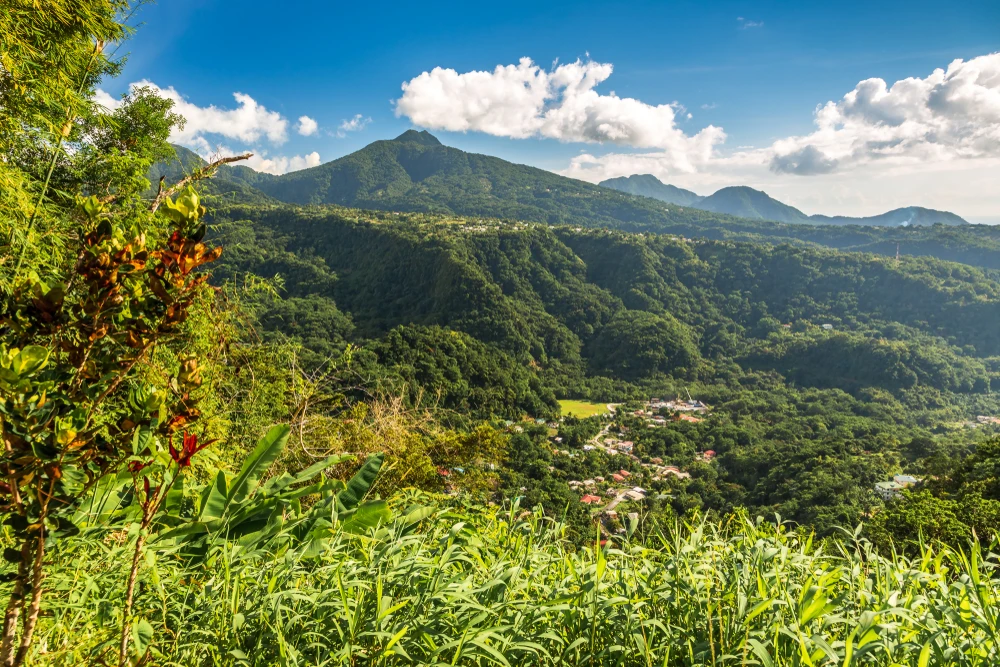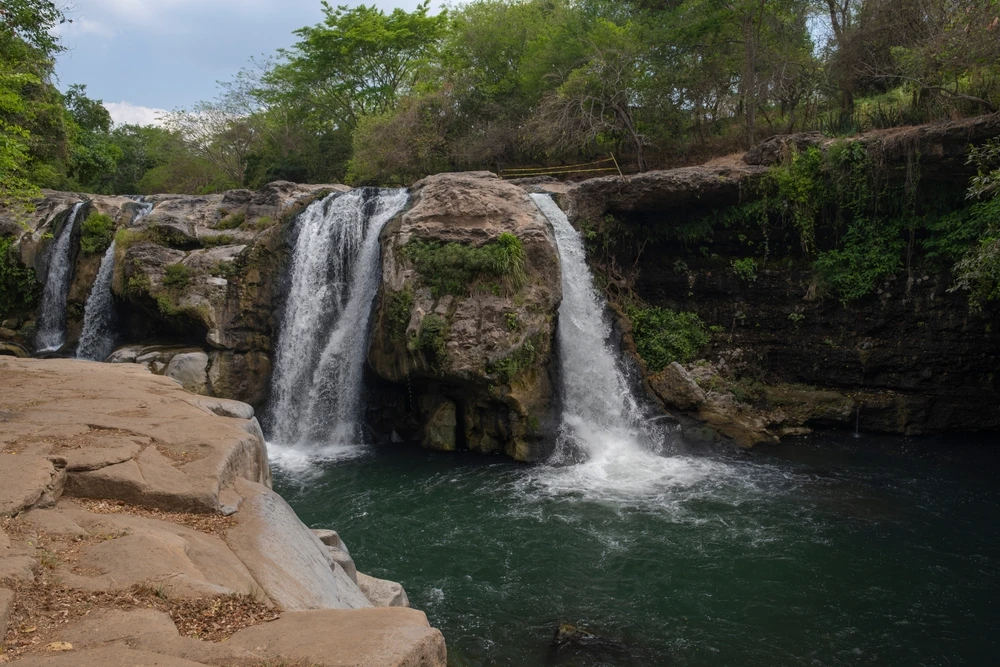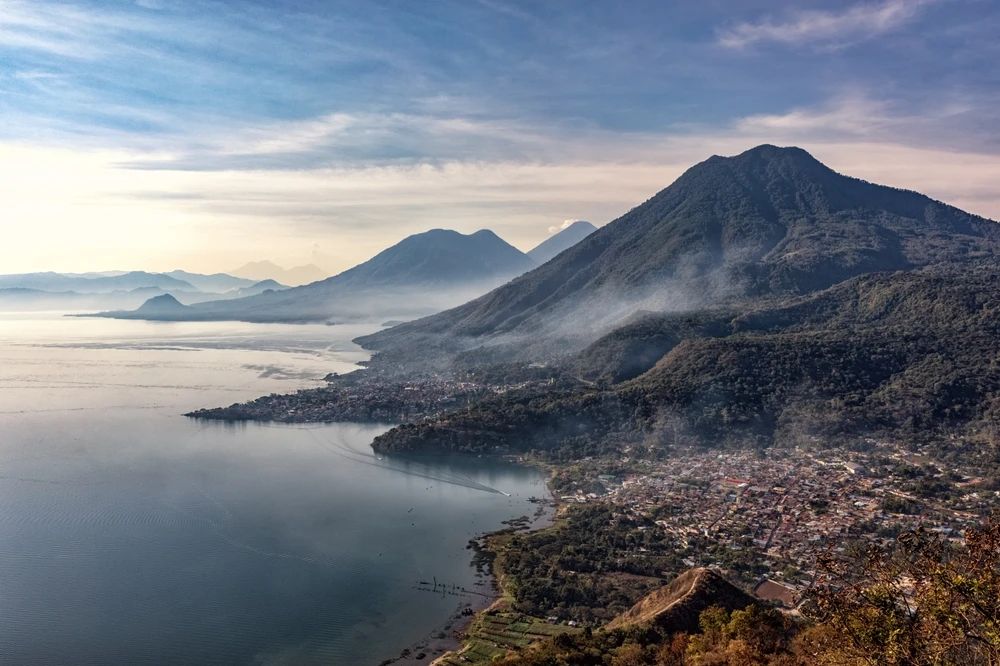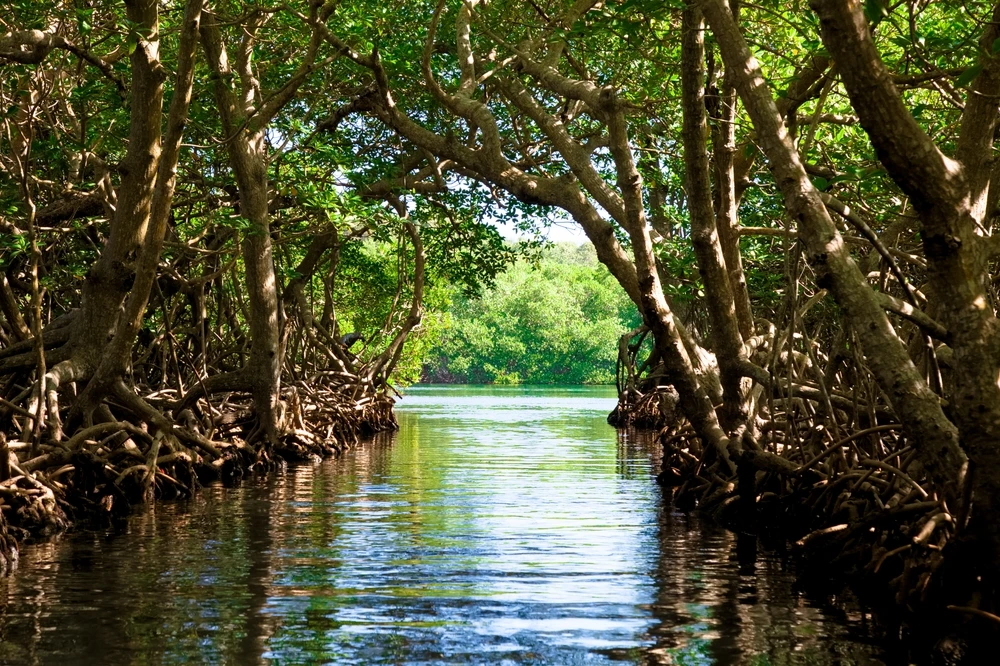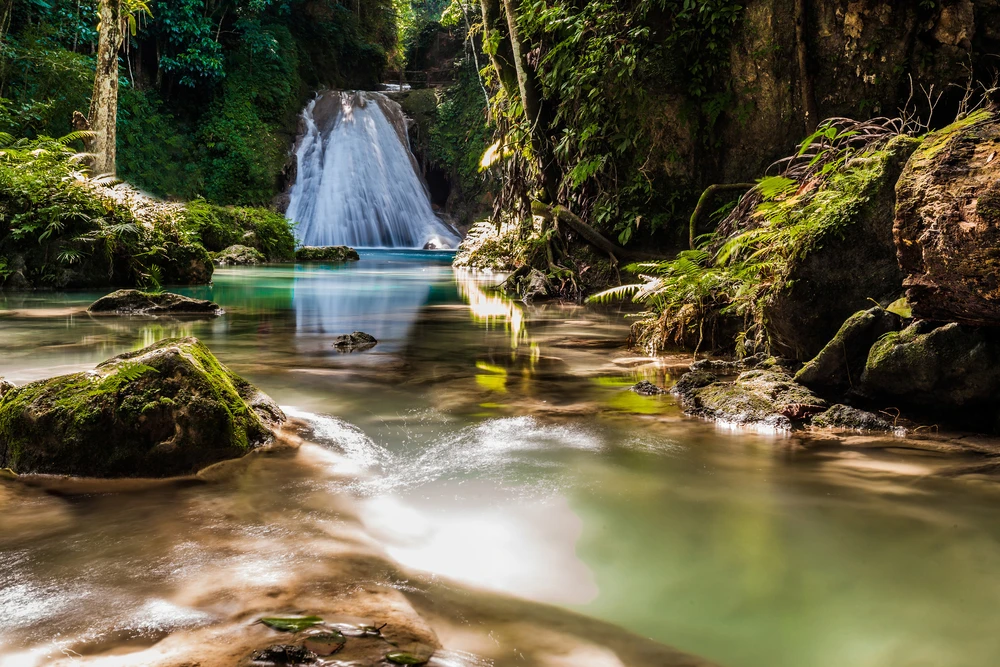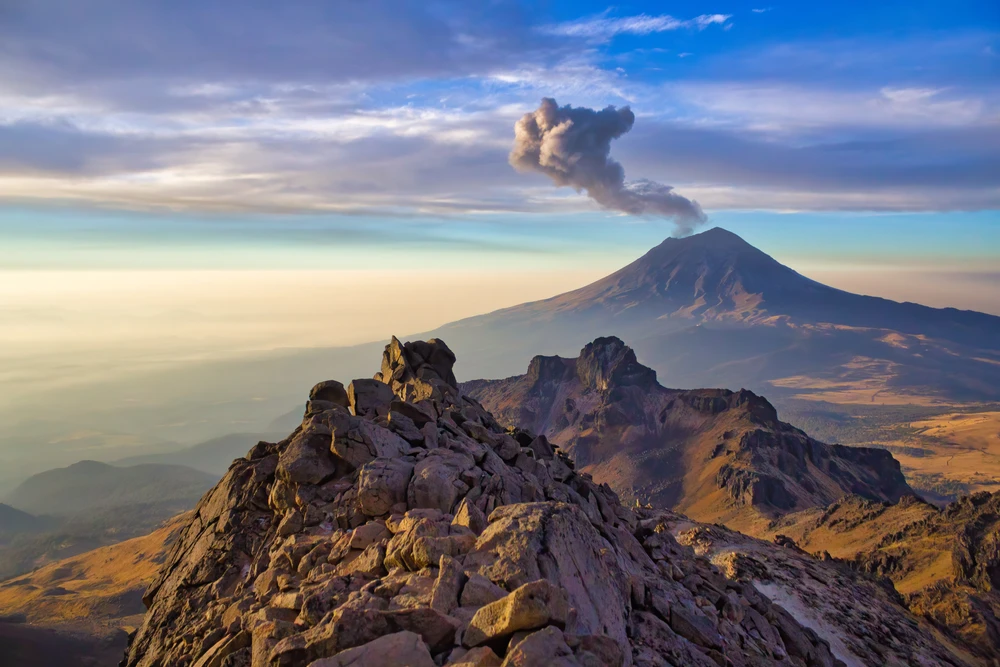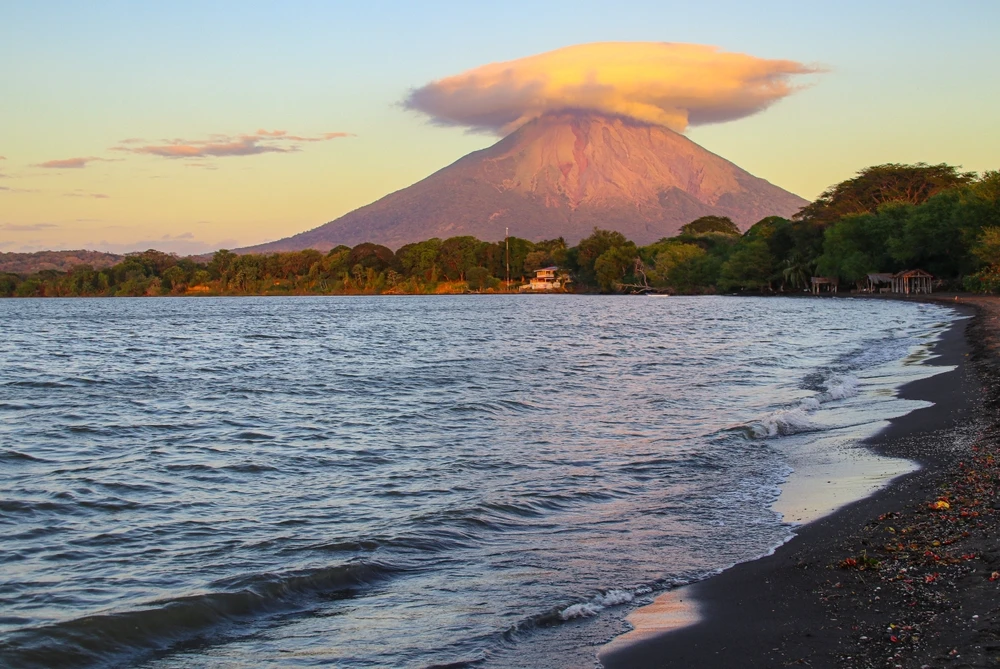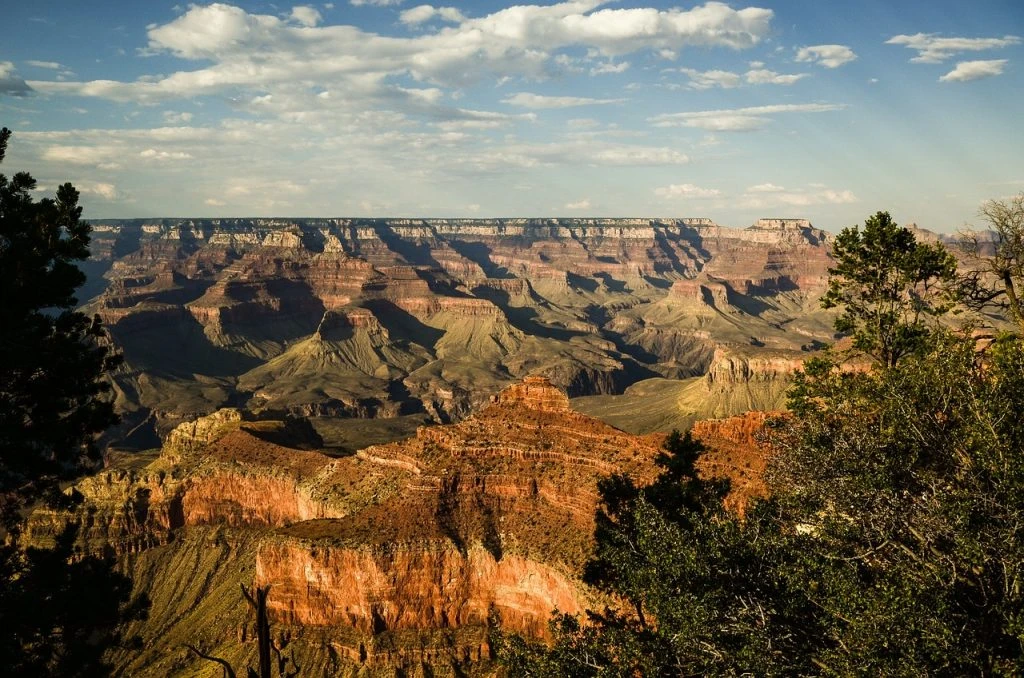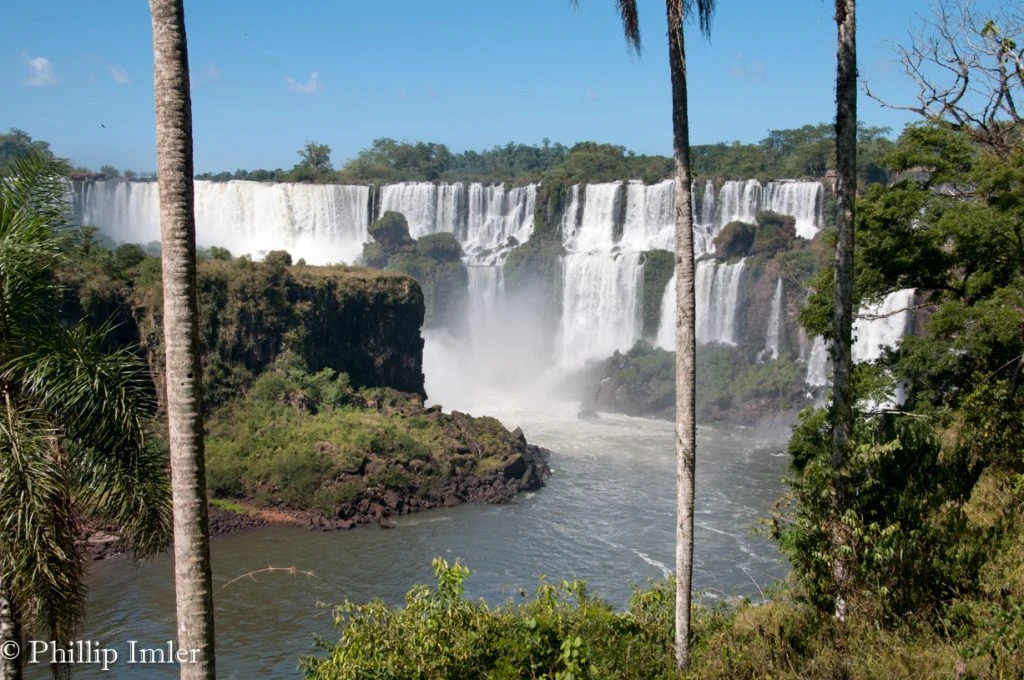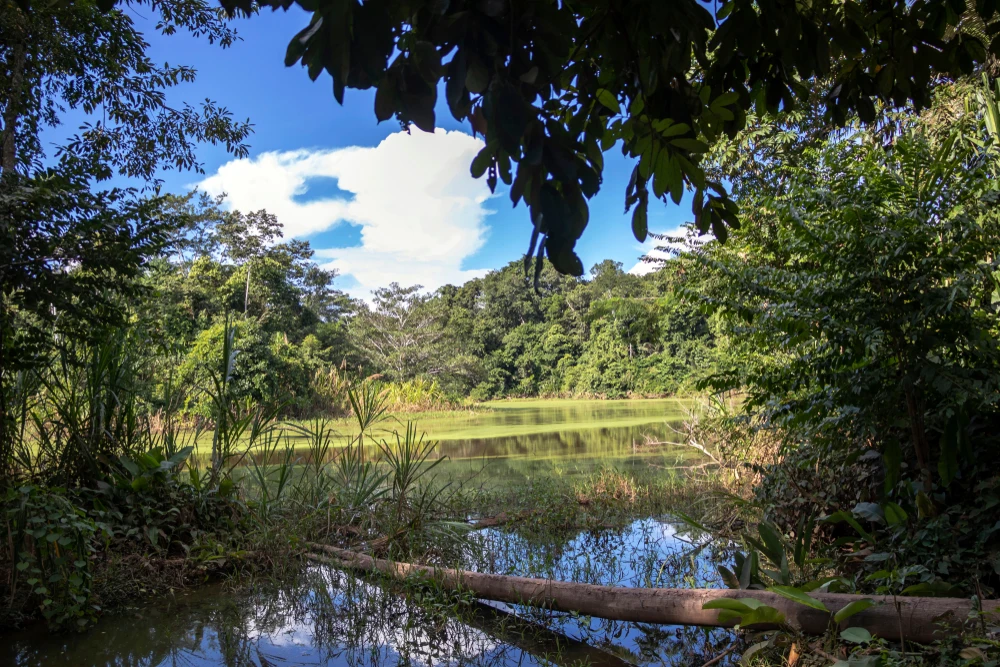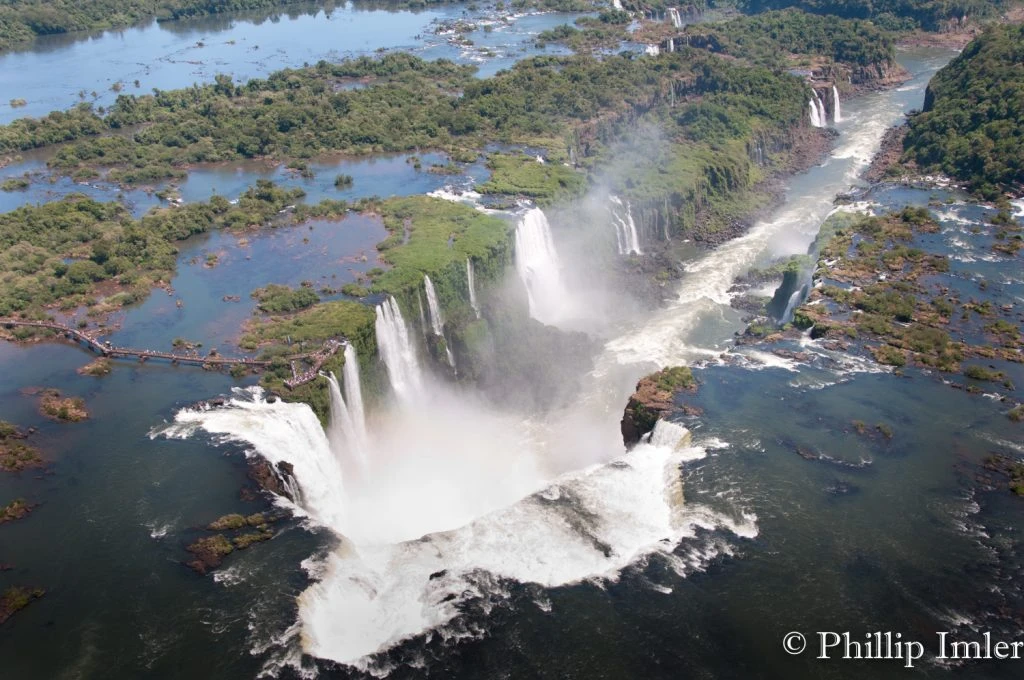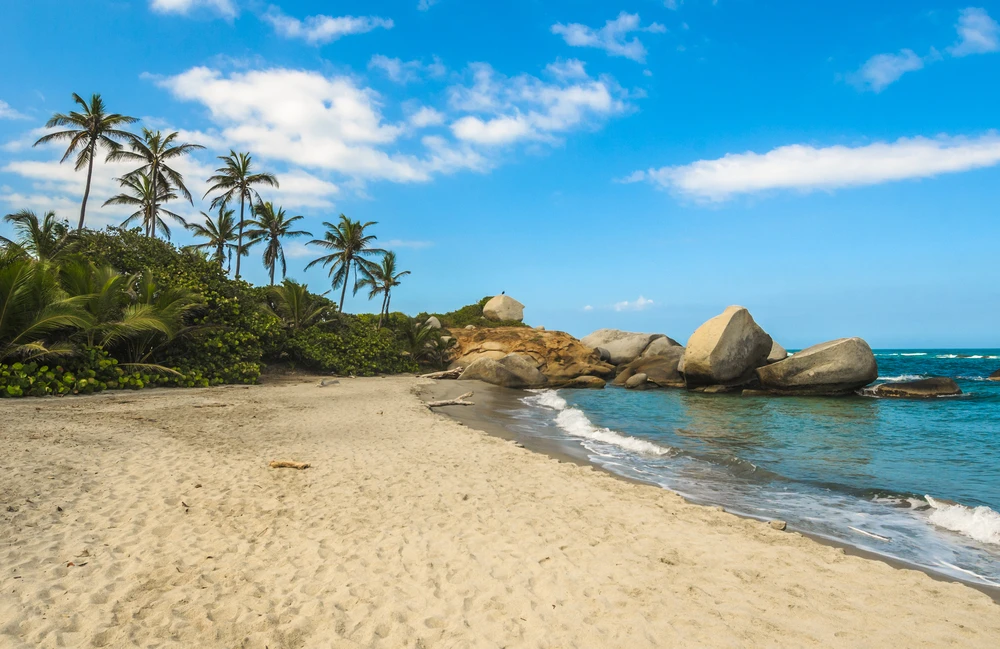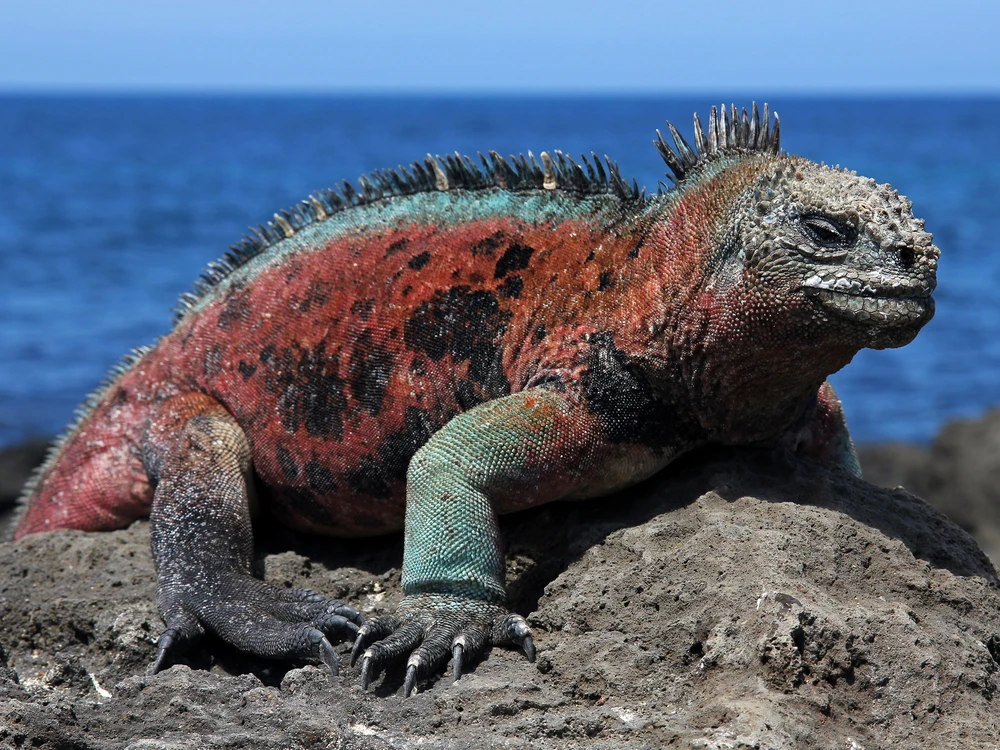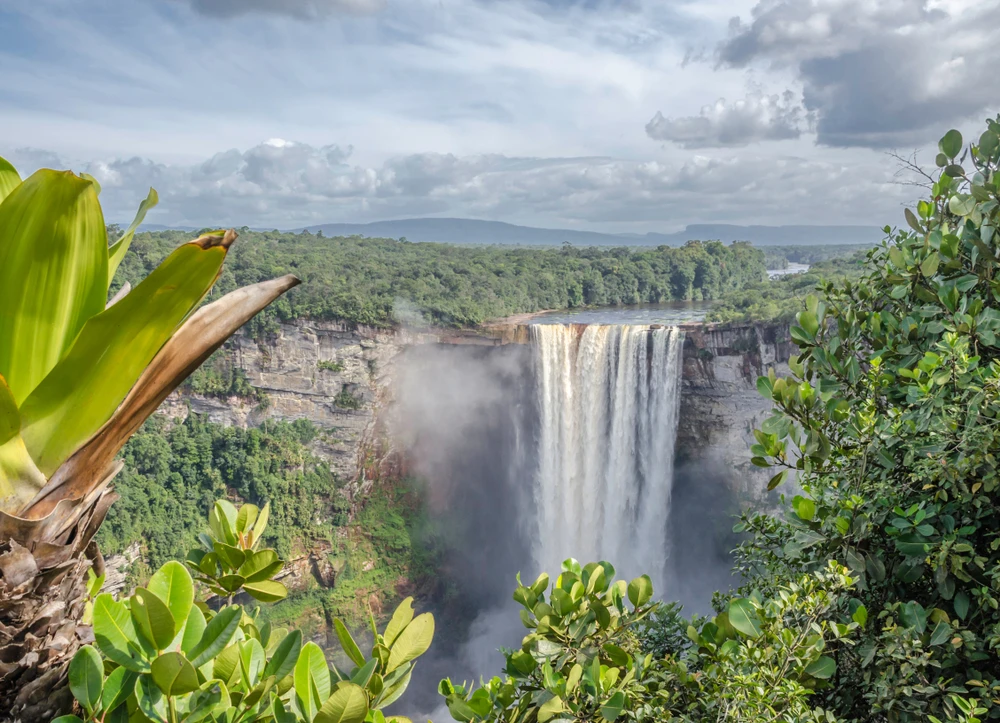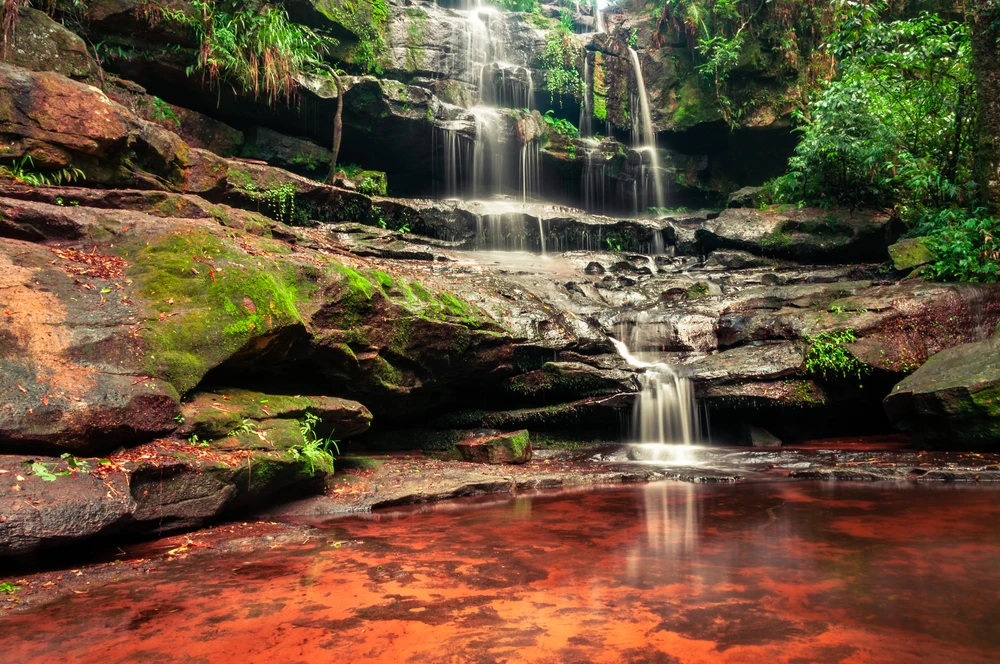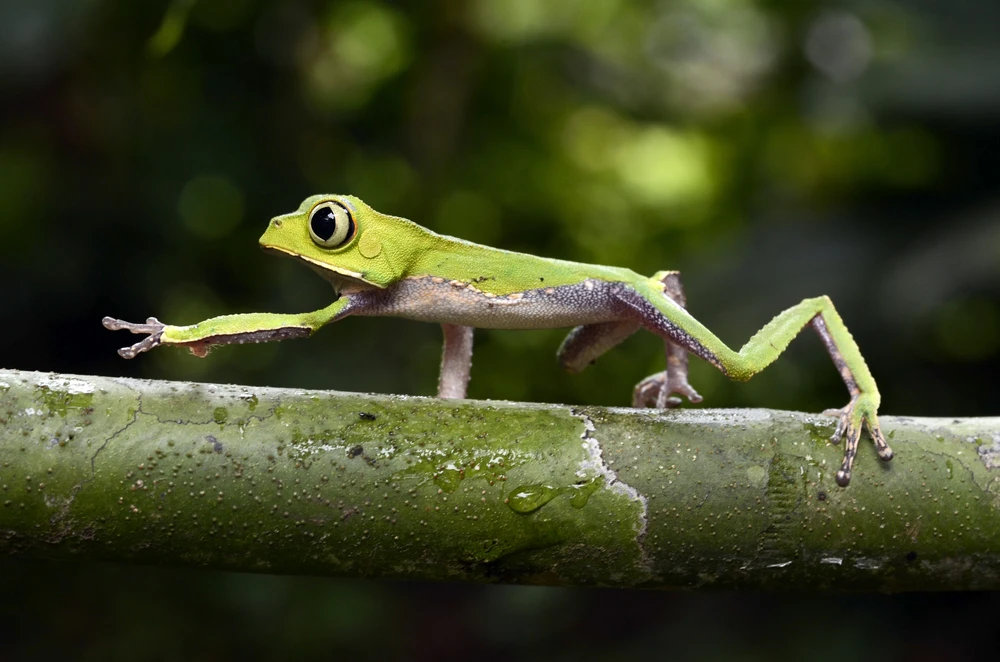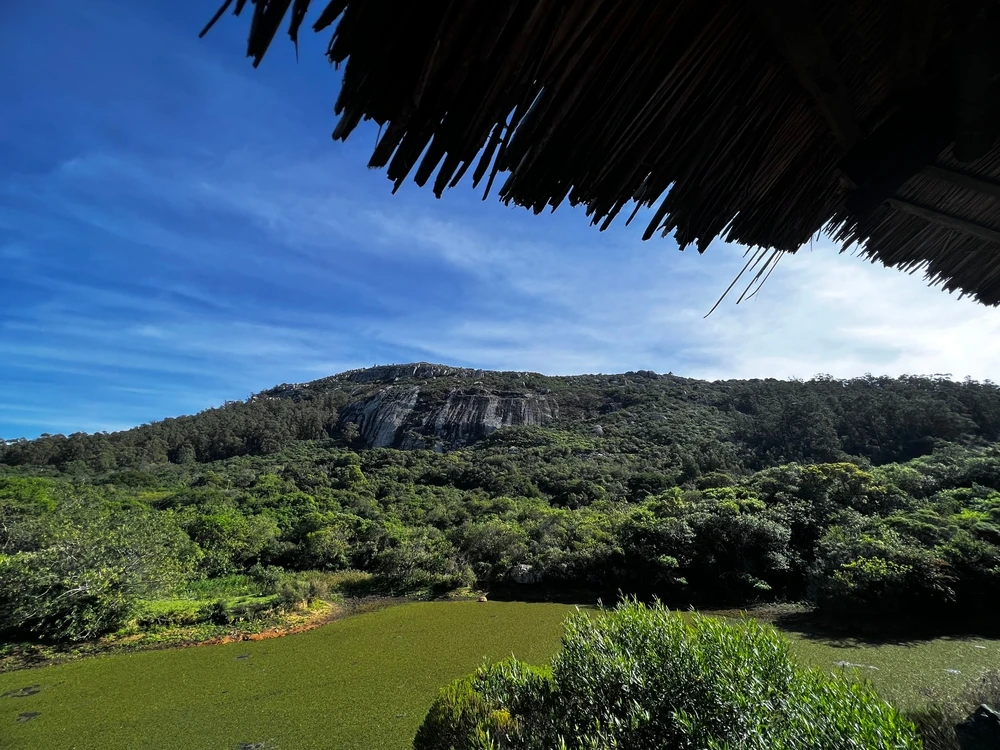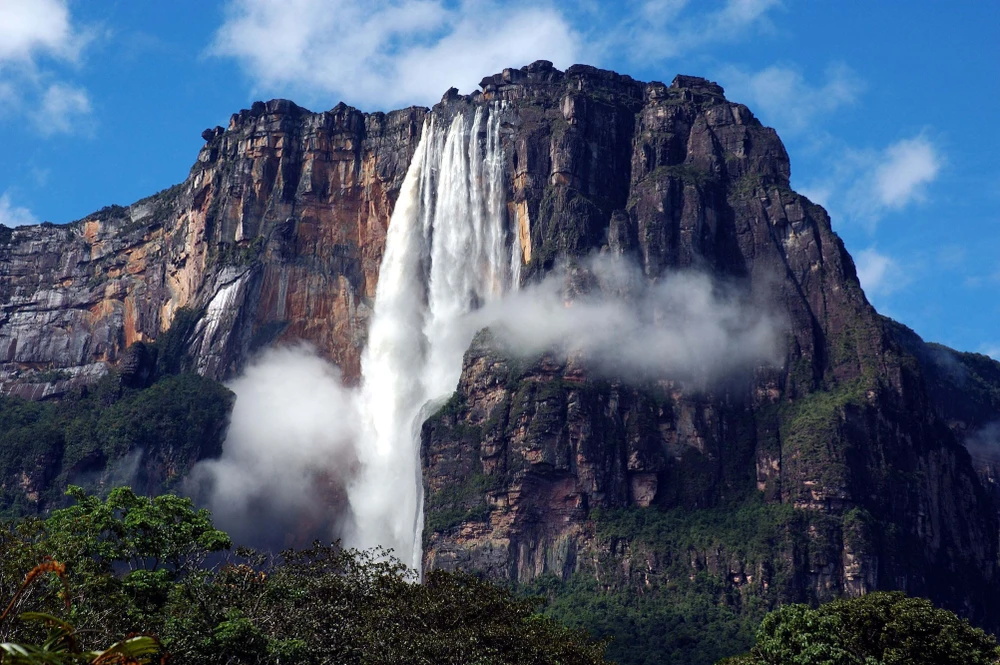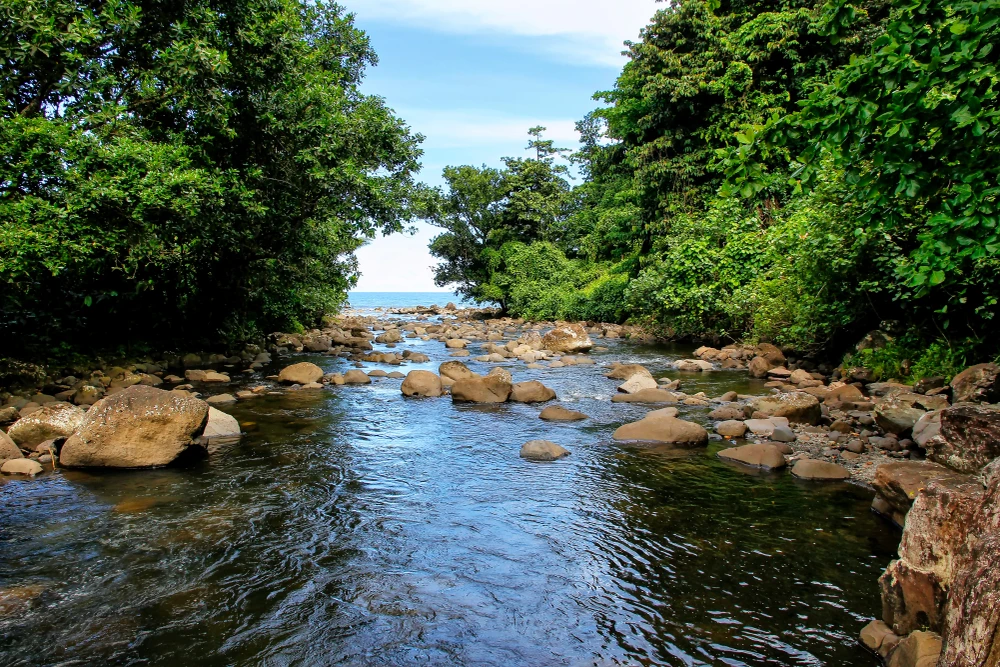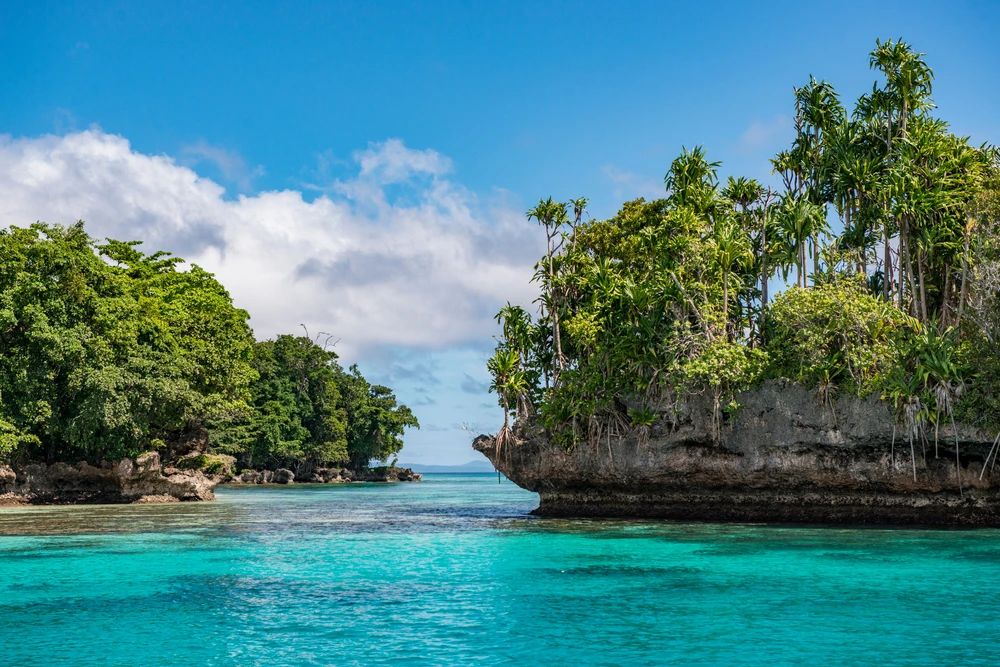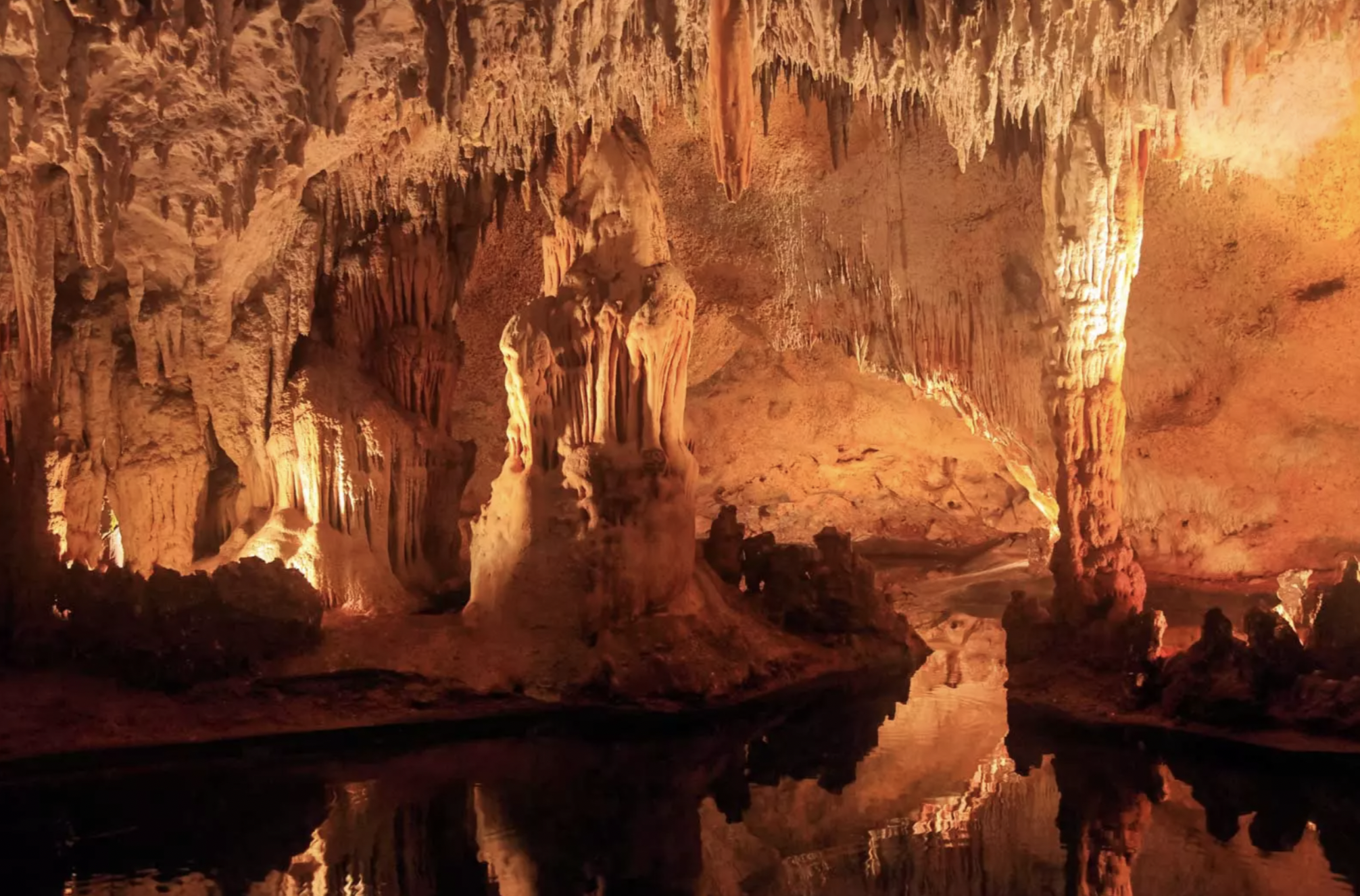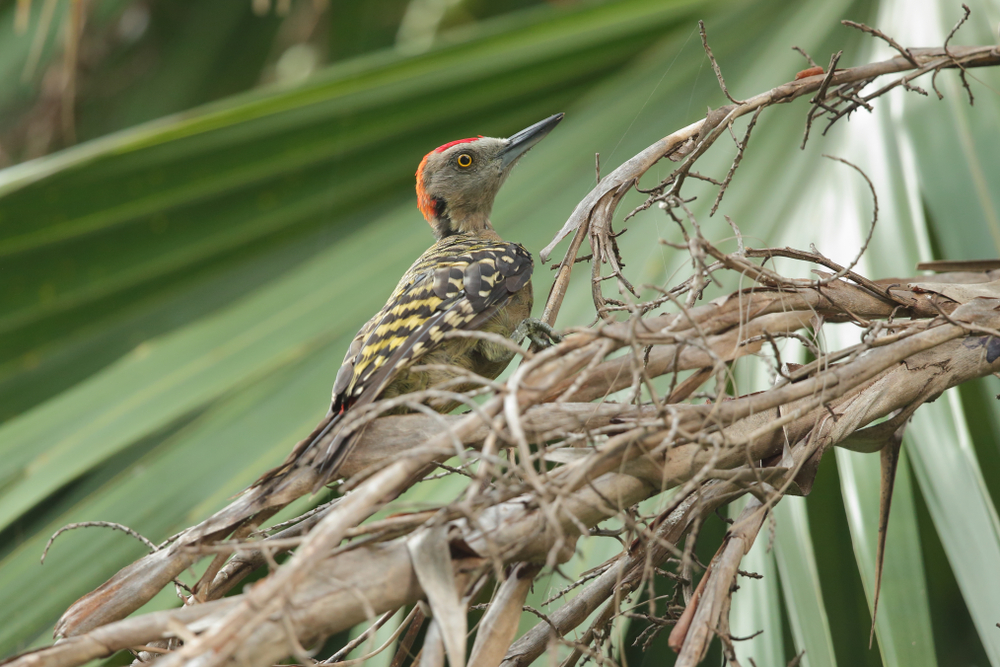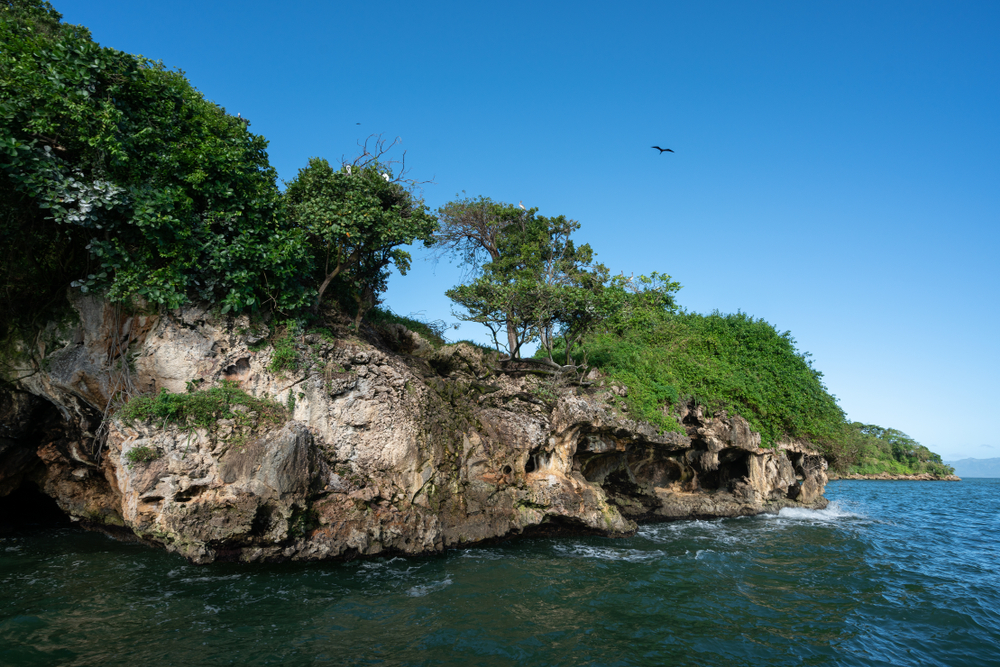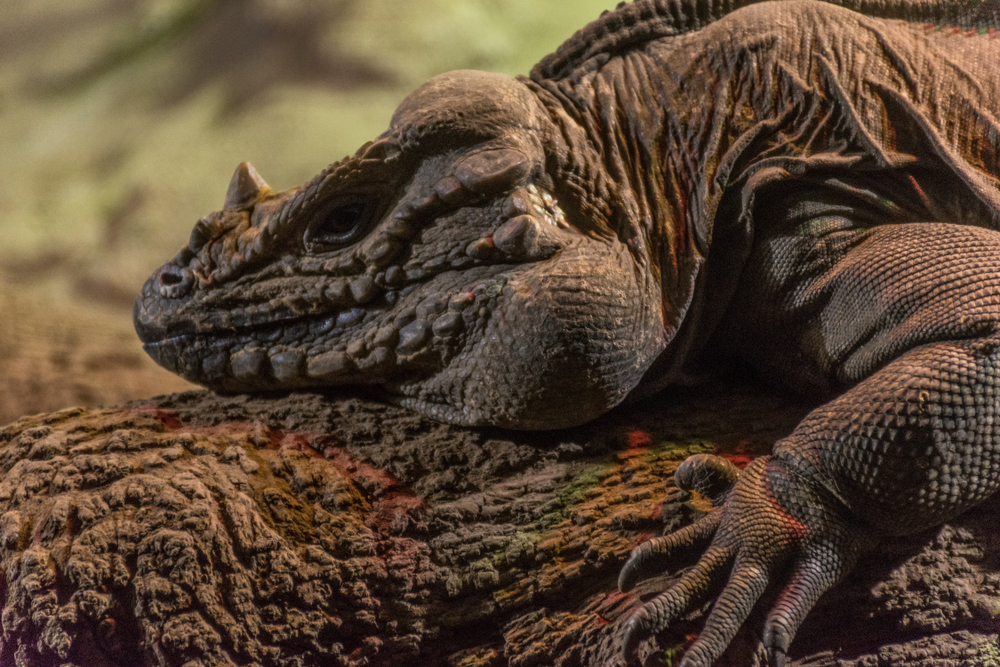Cueva de las Maravillas Overview
Cueva de las Maravillas National Park, known locally as Parque Nacional Cueva de las Maravillas, is a protected area in the Dominican Republic, covering approximately 3.7 square miles (9.6 square kilometers).
It is located between the provinces of San Pedro de Macorís and La Romana on the southeastern coast of the country. The park is named after the Cave of Wonders, a vast underground cavern that contains a remarkable collection of ancient Taíno petroglyphs and pictographs. This archaeological treasure offers a glimpse into the island’s pre-Columbian history and the indigenous people who once inhabited the region.
The park’s terrain is characterized by a mix of coastal lowlands and limestone formations, with its most prominent feature being the cave itself. The Cueva de las Maravillas, formed over thousands of years, stretches deep underground, revealing a stunning landscape of stalactites, stalagmites, and other intricate rock formations shaped by mineral deposits.
The cave is well-lit, allowing visitors to appreciate its breathtaking natural beauty and the more than 500 indigenous drawings on its walls. The park’s landscape outside the cave consists of dry forests and scrubland, with vegetation including guayacán trees, mahogany, and cacti that thrive in the semi-arid climate.
Wildlife in the park is diverse, although largely concentrated in its forested areas. Visitors may spot reptiles such as the rhinoceros iguana, an endemic species, and various amphibians that thrive in the cave’s humid environment.
The park is also home to an array of bird species, including the palmchat, the national bird of the Dominican Republic, and the Hispaniolan woodpecker, both of which are commonly seen in the surrounding forested areas. Bats are a significant presence inside the cave, serving as key pollinators and insect controllers in the ecosystem.
One of the park’s most popular features is its guided cave tour, which allows visitors to safely explore the underground chambers and admire the ancient Taíno art. These petroglyphs and pictographs, estimated to be over 800 years old, depict human figures, animals, and ceremonial symbols, offering invaluable insights into the spiritual and daily lives of the island’s first inhabitants.
The park has well-maintained walkways and lighting systems that enhance the experience while preserving the cave’s delicate environment. Another notable attraction is the Mirador, a scenic viewpoint offering panoramic views of the surrounding landscape.
Visitors can experience the park in a variety of ways, with guided tours being the most popular option. Interpretive signs and exhibits throughout the park provide educational context about the cave’s geological and cultural significance.
Photography is allowed in designated areas, allowing guests to capture the beauty of the rock formations and artwork. Birdwatching and nature walks outside the cave also attract visitors interested in observing local wildlife.
Conservation efforts at Cueva de las Maravillas National Park have been successful in preserving both its natural and historical resources. The park is carefully managed to balance tourism with protection, ensuring that the cave and its ancient artwork remain intact.
Strict regulations prohibit touching the petroglyphs, and limited visitor capacity helps reduce environmental impact. Ongoing studies continue to monitor the cave’s ecosystem, contributing to a broader understanding of its geological and cultural importance.


